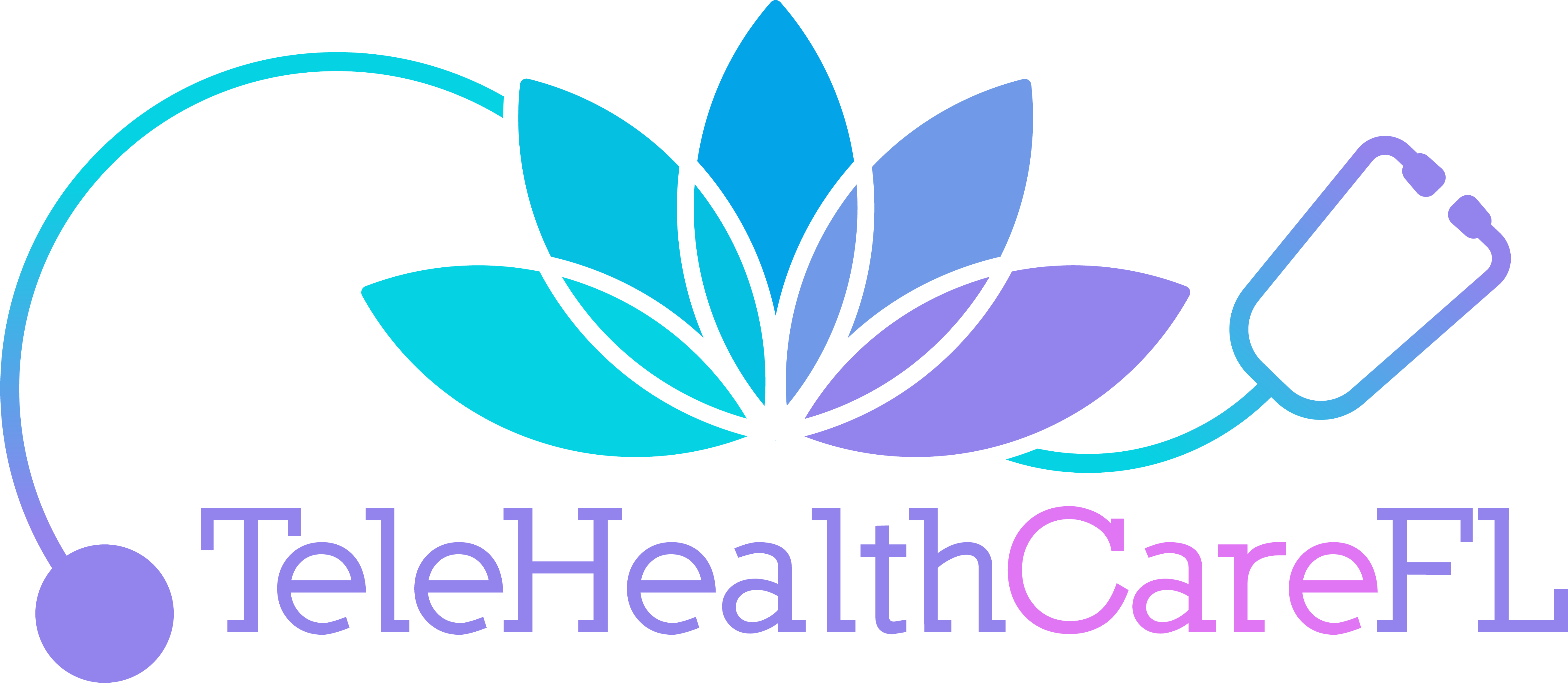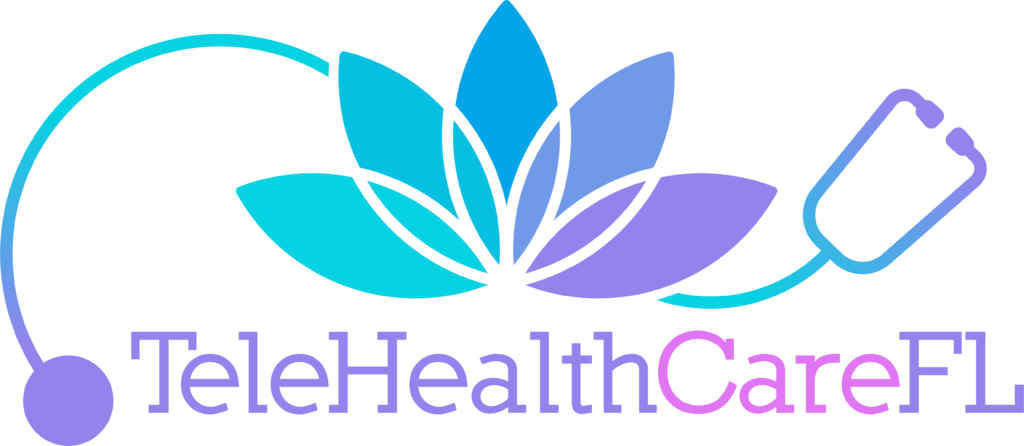What Is Telehealth and How Does It Work?

Last Update
One thing we have all heard a lot about in the last few years is virtual doctor visits, remote work, and family zoom calls. While much of society has returned to normal following the upheavals of 2020 and 2021, the field of medicine is still utilizing telehealth, due to the many benefits in accessibility, reduced spread of infections, and convenience.
Telehealth, at its core, is a way to receive medical care without going in person to a doctor’s office. While the Covid pandemic increased the use of video calls specifically, we’ve been using telehealth in several different ways for a while, sometimes without even realizing it. For example, just sending secure messages through your patient website to a doctor is an example of telehealth, as is wearing a monitoring device like a Holter monitor to record your heart’s rhythm and send the signals remotely to your doctor.
How Telehealth Helps the Most Vulnerable
That being said, when people talk about telehealth and telemedicine today, they are largely referring to video calls conducted through the internet that connect a doctor and patient face-to-face. This has been possible for a while but was brought to far greater prominence than ever before due to the restrictions and fears surrounding the Covid pandemic. The nature of medical practices facilitated the shift to telehealth more easily than other industries, for the following reasons:
- Those with difficulty walking or impaired mobility could see their doctor more easily
- Those with high risks like immunodeficiency syndromes can see the doctor without being exposed to the public
- Virtual doctor’s visits reduced the need to take whole days off of work or schedule childcare to go to the doctor
- Telehealth is more convenient, allowing people to get care in almost any location
- Telehealth can bring specialists in from further away, where they might not have been able to meet the patient in person, sometimes from as far away as across the world.
- Telehealth allows the doctor or therapists to see patients function in their daily environment.
- People with mental health issues can have an easier time with virtual visits
It’s easy to see why many doctors are continuing to offer telehealth virtual visits. They provide a crucial, life-saving service to those who need it the most, and who may have been unable or unwilling to attend a regular doctor’s appointment
Virtual Visits and You
While telehealth may sound complicated, it’s really not. Let’s take a look at the basics of how telehealth works. To get started, you’ll need two things: internet service and a device capable of accessing it like a phone, tablet, or computer.
The next thing you’ll have to do is contact either your health insurance or your medical provider to set up a virtual visit appointment. Some insurances offer virtual visits for free on a same-day basis, but others might require you to wait for an appointment. Once you have your appointment set, you’ll need to get ready for the call.
To make sure that you are fully prepared and the telehealth visit goes smoothly, consider the following things:
- Make sure your internet connection is reliable, as bad connections are the most common issue that derails telehealth visits.
- In addition, make sure that your camera and microphone are working properly and that you have agreed to all permission requests for the provider to access them.
- Try to find a quiet, private location where you can comfortably discuss medical issues in.
- Make sure the lighting is good, especially if the doctor will have to see something like your skin.
- If you are nervous or not sure about the technology, it’s ok to ask a friend or relative to help you or sit in on the appointment with you, as long as you are comfortable with it.
Types of Technology
The key aspect of telehealth medicine is convenience, and it will only get more convenient as time goes on and technology improves. Due to the extreme need for telehealth medicine during the Covid pandemic, the federal government issued updated HIPPA guidelines that now allow medical practitioners to use common apps like Zoom, Apple FaceTime, Google Hangouts, Skype, or Facebook Messenger video calls to provide services without risking any legal issues.
However, many providers still use their own in-house websites and technology to conduct telehealth. The specifics vary from provider to provider and can depend on what the patient feels comfortable with. If you’re feeling nervous about the type of technology, always ask your provider for clarification and they will be happy to help find a way to communicate that you are comfortable with.
Telehealth medicine is here to stay, and it serves some important functions in the field of medicine. Virtual visits and remote access technology benefit the most vulnerable among us by providing an easier way to receive life-saving treatment or care. If you’re interested in telehealth visits, talk to your healthcare provider today and find what works best for you!



